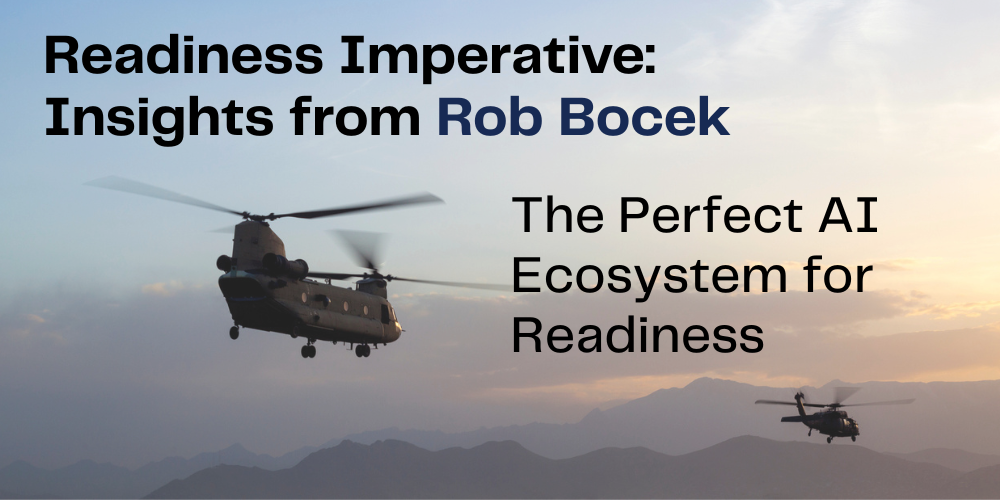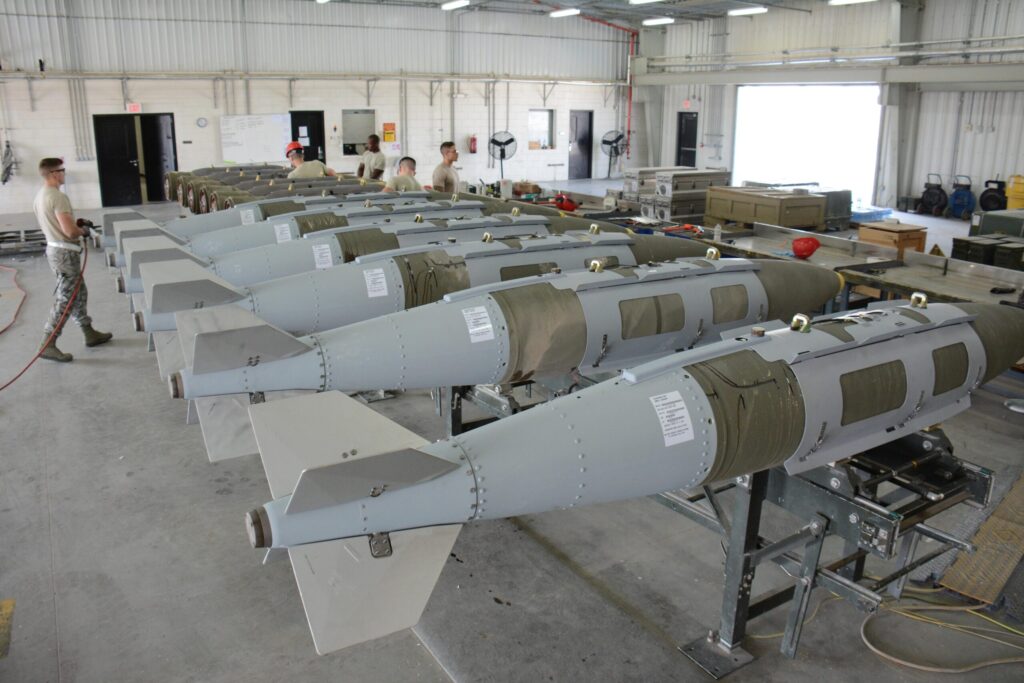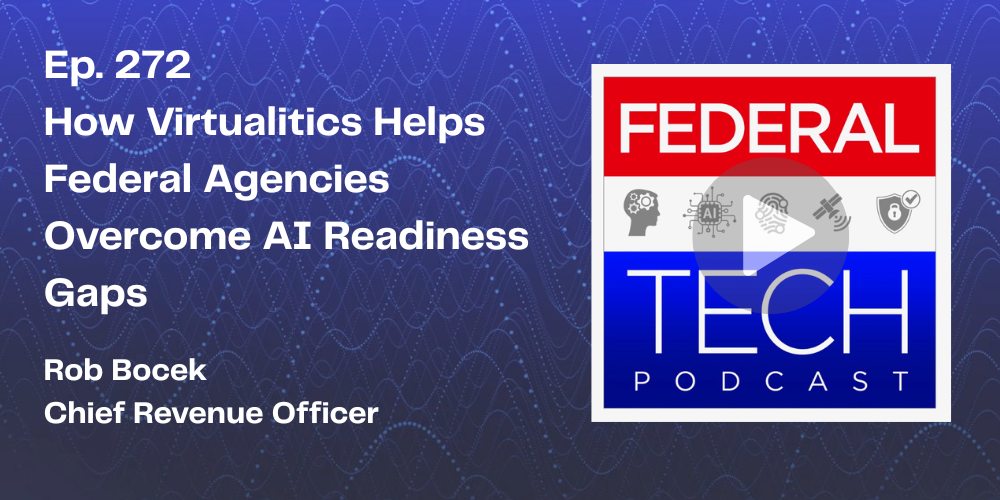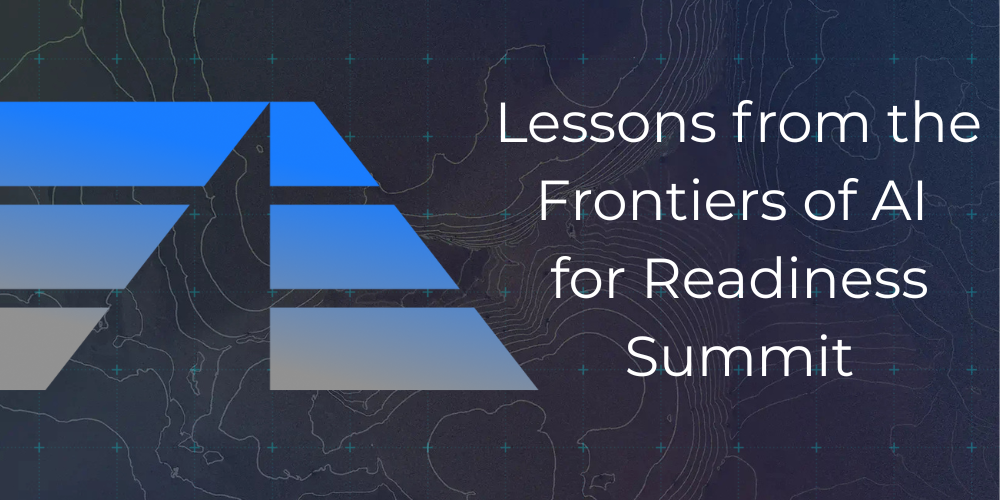Digital technology is taking over the world, and nowhere is this evolution more obvious than in the manufacturing and industrial sectors. Dubbed Industry 4.0, this Fourth Industrial Revolution is driven by embedded software systems and smart devices that now power the industrial value chain.
As manufacturing, transportation, logistics, and other industries digitize their systems, massive amounts of data are being generated by sensors and other IoT technology. This data has the potential to increase value and quality throughout the supply chain, but only if organizations can extract actionable insights from this high volume of complex, unstructured data.
For many organizations that are pushing forward quickly with their digitization initiatives, the only way to manage and create business value with their data is to apply artificial intelligence (AI) and machine learning technology to automate some operations and scale their sensor data analytics.
Benefits of AI in Industry 4.0
According to Gartner, by the end of 2024, 75 percent of enterprises will operationalize AI. What this means for industry and manufacturing is that more organizations will be poised to take advantage of the benefits AI provides, including:
Performing Tasks Humans Can’t
This applies both to complex, large-scale analytics and to physical tasks that are either too difficult or too dangerous for people. AI can do both.
Increasing Efficiency
AI can take large quantities of structured and unstructured data and create visualizations that provide an at-a-glance information radiator that allows organizations to maximize efficiency throughout the entire value chain.
Reducing Errors
Humans are human, so they make mistakes. AI technology can learn to do repetitive tasks that are common sources of human error, which improves data quality and, by extension, business outcomes.
Cutting Costs
Although the initial investment in new AI technology may seem high, over time, organizations will see a lot of ROI as savings accrue from less overhead, more efficiency, optimized processes, and fewer human errors to create waste.
The Role of Artificial Intelligence in Evaluating Sensor Data Analytics
The systems, devices, and machines used in manufacturing and industry are continuously sending out information. Using AI, this sensor data can be distilled down to actionable steps that directly impact the organization’s business outcomes, revenue, and innovation capabilities.
Here are five ways Industry 4.0 is using AI to power sensor data analytics:
1. Empower decision-making.
Data-driven decisions are more likely to generate positive results for the business. Machine learning and AI algorithms analyze both real-time and historic sensor data to uncover trends hidden within the data. These patterns can provide insight into processes and performance that can be used to influence next-step decisions for improving business outcomes and efficiencies.
2. Improve quality and safety.
Sensors are widely used in manufacturing, transportation, logistics, and other industries to improve processes and policies that have an impact throughout the value chain, from owner to worker to end user. Sensor data can be analyzed to pinpoint problems in the manufacturing process, optimize delivery routes, and prevent hazardous working conditions.
AI can monitor real-time sensor data and make adjustments as needed in response to performance issues, traffic conditions, or other data inputs that affect productivity or safety.
3. Increase understanding.
One of the most critical use cases for AI in sensor data analysis is empowering non-data scientists to read, understand, and use the data independently. Using natural language generation and multi-dimensional visualizations, AI can convert even highly complex data sets and analytics into a human-readable and usable format.
4. Simplify unstructured data.
Sensor data is primarily unstructured, which can make it almost impossible to analyze using a traditional spreadsheet/2D graphical approach. AI supercharges unstructured data analysis with machine learning algorithms and routines that draw out interconnections and hard-to-see relationships inside your unstructured data sets. Connecting the dots within this data provides valuable insight that would otherwise be missed.
5. Enable predictive maintenance.
Tracking sensor data over time helps organizations identify systems and components that are prone to failure. Knowing that these weaknesses exist allows maintenance teams to implement predictive maintenance strategies to proactively replace or repair parts and prevent expensive breakdowns and unscheduled downtime.
Artificial intelligence is rapidly becoming an essential tool for today’s sensor data analytics. If your analytics strategy doesn’t include AI and machine learning, you aren’t maximizing your value chain potential.






